
😍 Let past tense. Simple past tense for let. 20190203
V2 (Past Simple): Let V3 (Past Participle): Let V4 (Present Participle/Gerund): Letting V5 (Third-person singular simple present): Lets Let's explore each of these forms in more detail. V1 (Base Form): Let The base form of " let " is simply " let ." It is used to indicate permission or to express a suggestion. For example:
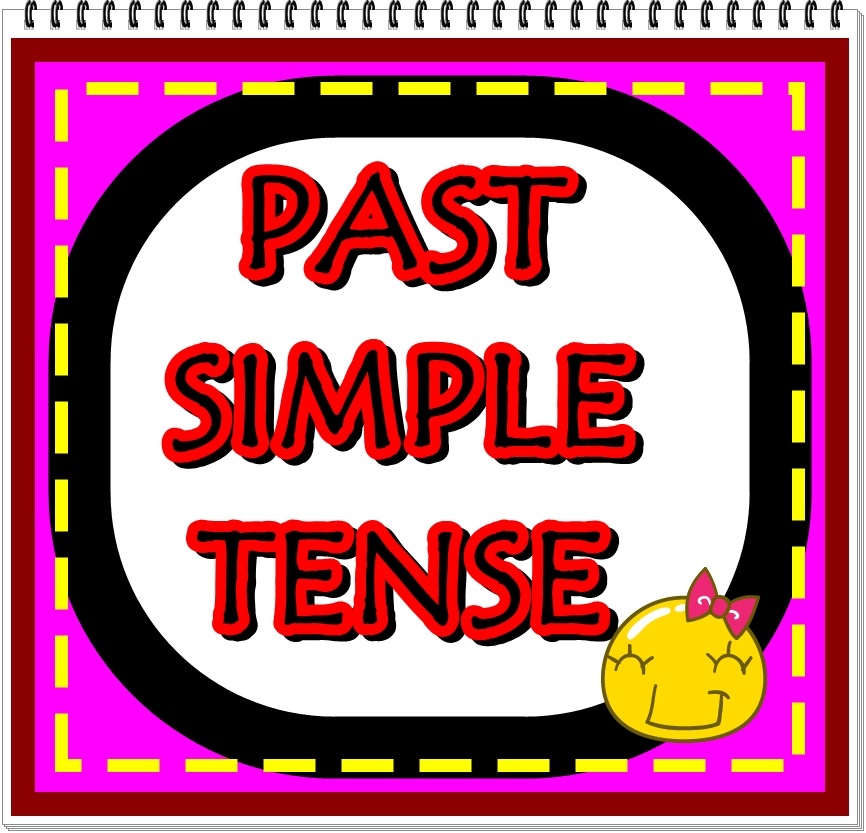
Neruskita ENGLISH 3º
Conjugation English verb to let in several modes, tenses, voices, numbers, persons : indicative mode, subjunctive, imperative mood, conditional, participle form, gerund, present, past, future perfect, progressive. The-conjugation.com. Menu. Other languages available English French. Simple past. I let you let he let we let you let they let.
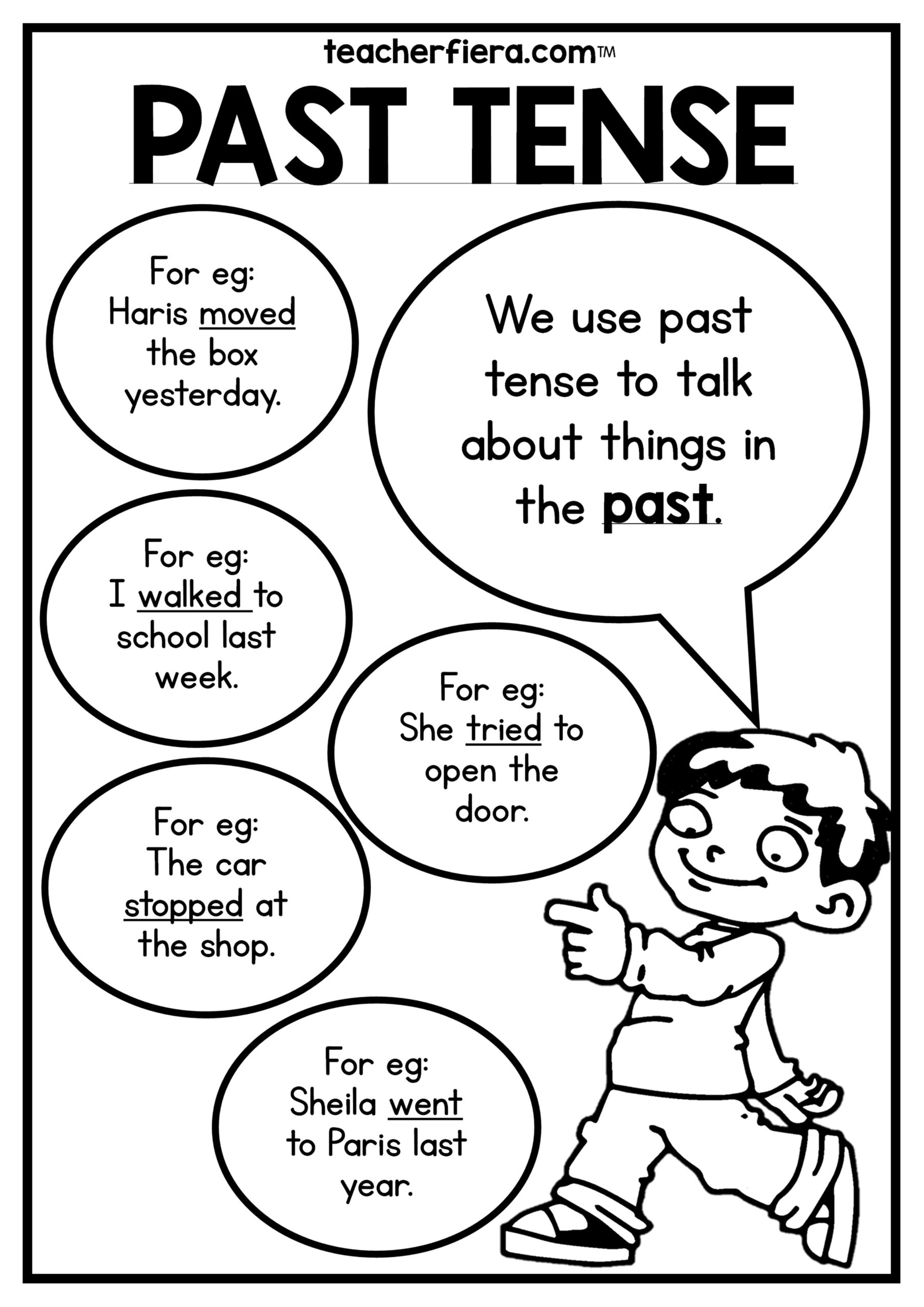
LET’S LEARN ABOUT PAST TENSE BOOKLET
Conjugation of the verb Let in all tenses: future, present and past. 🎮 Conjugation trainer for memorizing forms.. Past Simple . I let; you let; he, she let; we let; you let; they let; Future Simple . I will let; you will let; he, she will let; we will let; you will let; they will let; Continuous Tense .
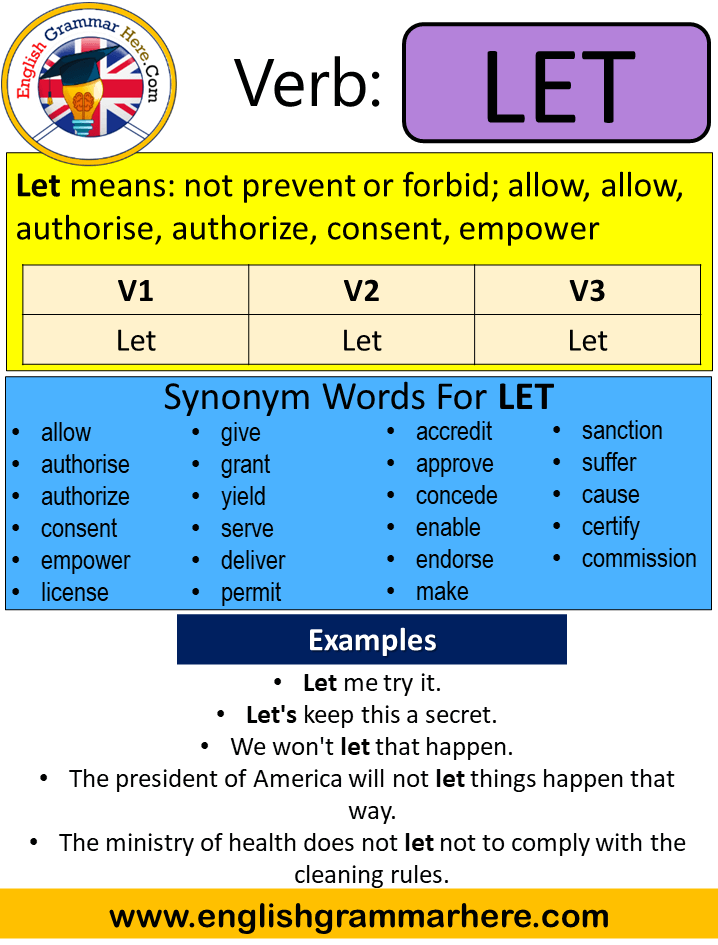
Let Past Simple, Simple Past Tense of Let Past Participle, V1 V2 V3
To let uses the present tense: I love sweets but Mum doesn't let me have them very often. 2. Let is the simple past: He stepped aside to let her pass. 3. Let is also the past participle: Our boss had been let go due to poor performance. 4. Letting is the present participle: We are letting them take the test again. 5.

Simple Past Tense Transforma
present perfect; I: have been letting: you: have been letting: he, she, it: has been letting: we: have been letting: you: have been letting: they: have been letting

Pin on A1 English
Conjugation verb let X English British vs. American English Irregular verbs let allow; permit; rent;. Infinitive to let Preterite let Past participle let Model : put Auxiliary : have, be Other forms: let oneself / not let Contractions Advertising Indicative Present I let you let he/she/it lets we let you let they let Preterite I let you let

Thì quá khứ đơn (past simple) Lý thuyết và bài tập có đáp án Blog Hồng
Simple Past Tense He/She/It let or obsolete leet. I let or obsolete leet. You/We/They let or obsolete leet. Past Continuous Tense He/She/It was letting. I was letting. You/We/They were letting. Past Perfect Tense He/She/It had let or rarely letten. I had let or rarely letten. You/We/They had let or rarely letten. Past Perfect Continuous Tense
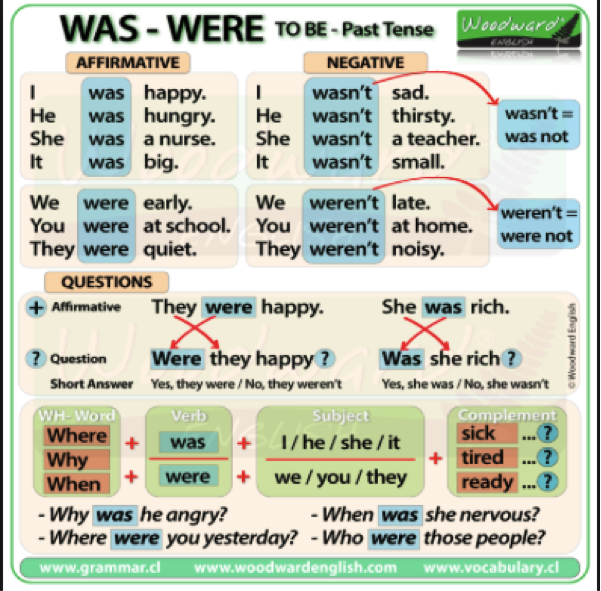
PAST SIMPLE
The past tense of the verb "let" is "let", and the past participle is "let". Verb Tenses Past simple — let in past simple let (V2) . Future simple — let in future simple is let (will + V1) . Present Perfect — let in present perfect tense is let (have/has + V3) . Past Perfect — let in past perfect tense is let (had + V3) .
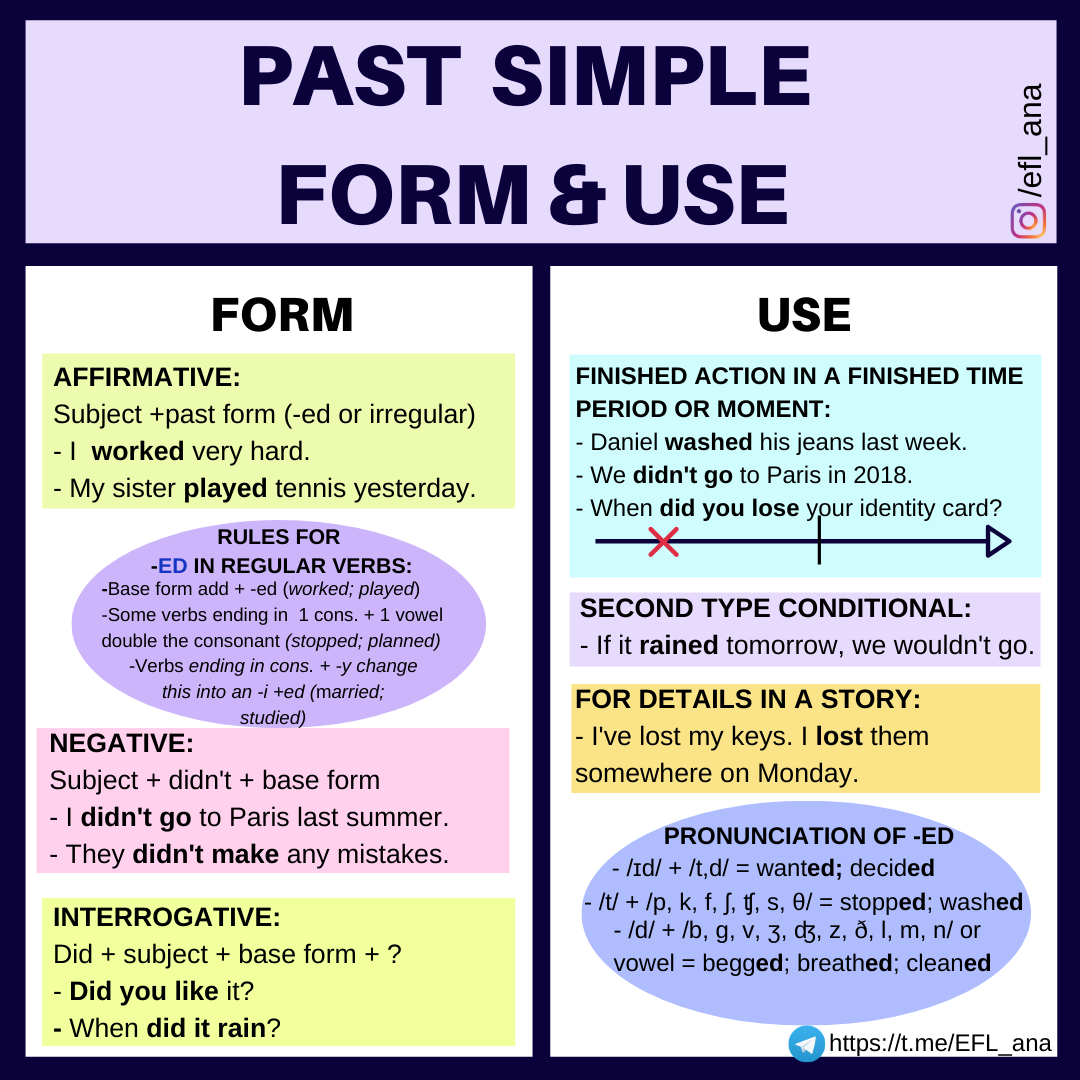
CPI Tino Grandío Bilingual Sections Past simple tense
The simple past is a verb tense that is used to talk about things that happened or existed before now. Imagine someone asks you what your brother Wolfgang did while he was in town last weekend. Wolfgang entered a hula hoop contest. He won the silver medal. Here's a tip: Want to make sure your writing shines?
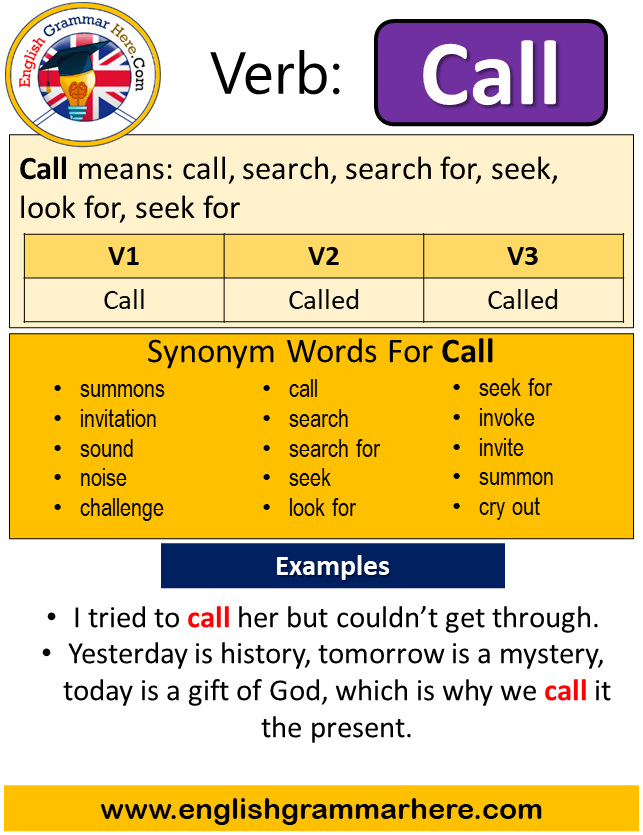
Let Past Simple Simple Past Tense Of Let Past Participle V1 V2 V3 Form
Past simple let leet * [let] [liːt] * This form is obsolete or used only in particular cases or dialects. The past simple tense (sometimes called preterite, simple past or past indefinite) is the basic form of the past tense. This is one of the most common past tenses and can describe a lot of events.

Verb use in past simple
Past simple Past simple Level: beginner With most verbs, the past tense is formed by adding -ed: called liked wanted worked But there are a lot of irregular past tense forms in English. Here are the most common irregular verbs in English, with their past tense forms: We use the past tense to talk about: something that happened once in the past:
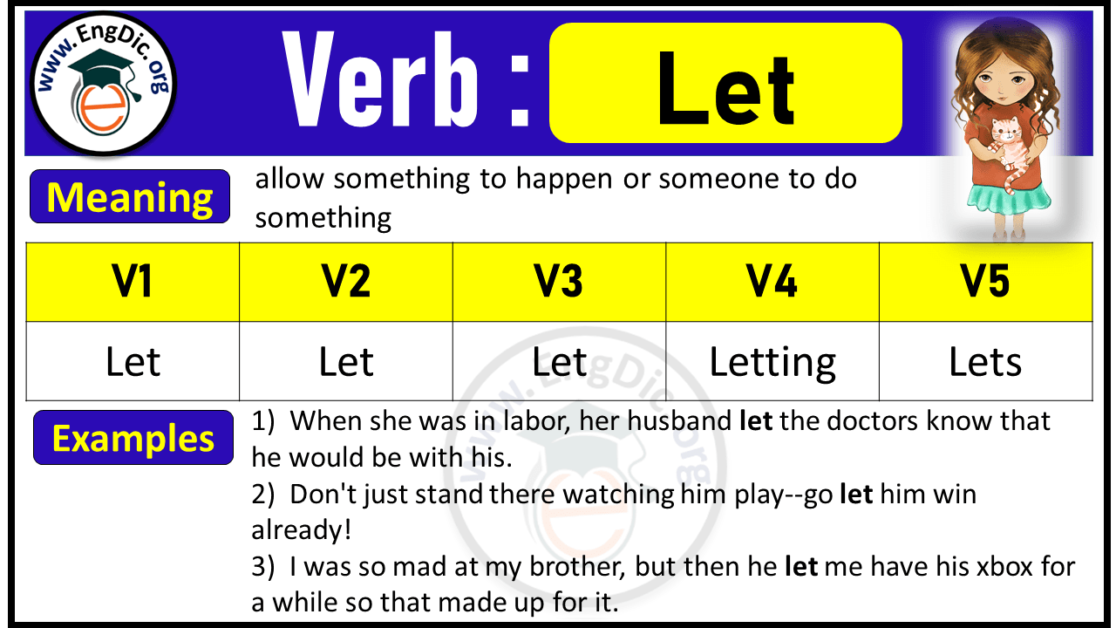
List of Verbs and Prepositions Infographics and PDF EngDic
The Verb "Let" in English Conjugation of "To Let" The verb "let" is an irregular verb. (This means that "let" does not form its simple past tense or its past participle by adding "-ed" or "-d" to the base form.) The Five Forms of "To Let" "To Let" in All the Tenses The tables below show how "let" conjugates in the past, present, and future tenses.

English Corner Unit 2 In the news. Grammar!
Infinitive: to let Gerund: letting Past participle: let Simple past: let Irregular forms Auxilliary verb Spelling change Use contractions. Positive Negative. Indicative. Positive Negative. Present. I let I let: you let you let: he/she/it lets he/she/it lets: we let we let: they let they let: you let you let: I do not let I don't let:
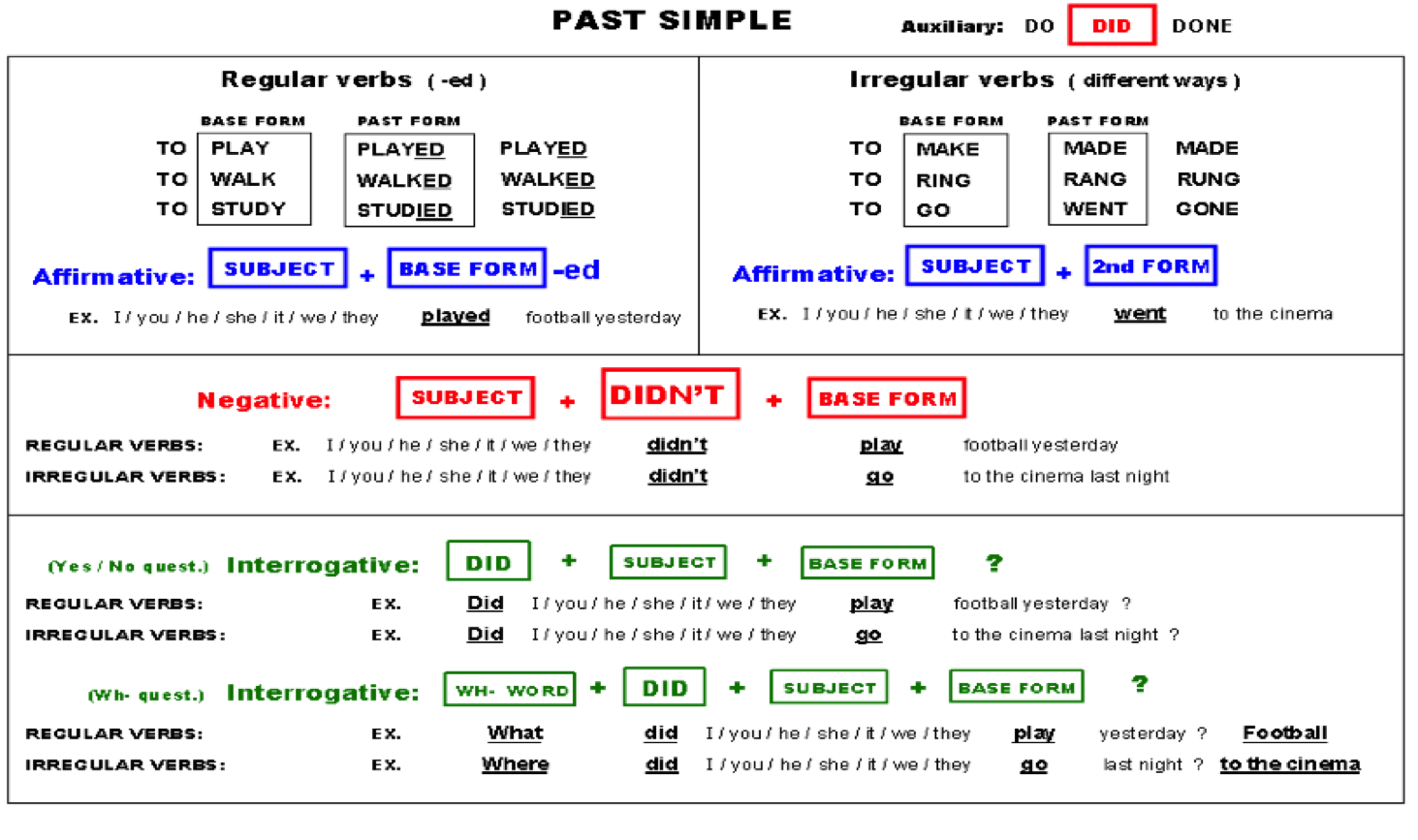
THE TIP OF THE DAY PAST SIMPLE
Leave a Comment The past tense of LET is LET OR OBSOLETE LEET. See all forms of the verb LET with easy examples.
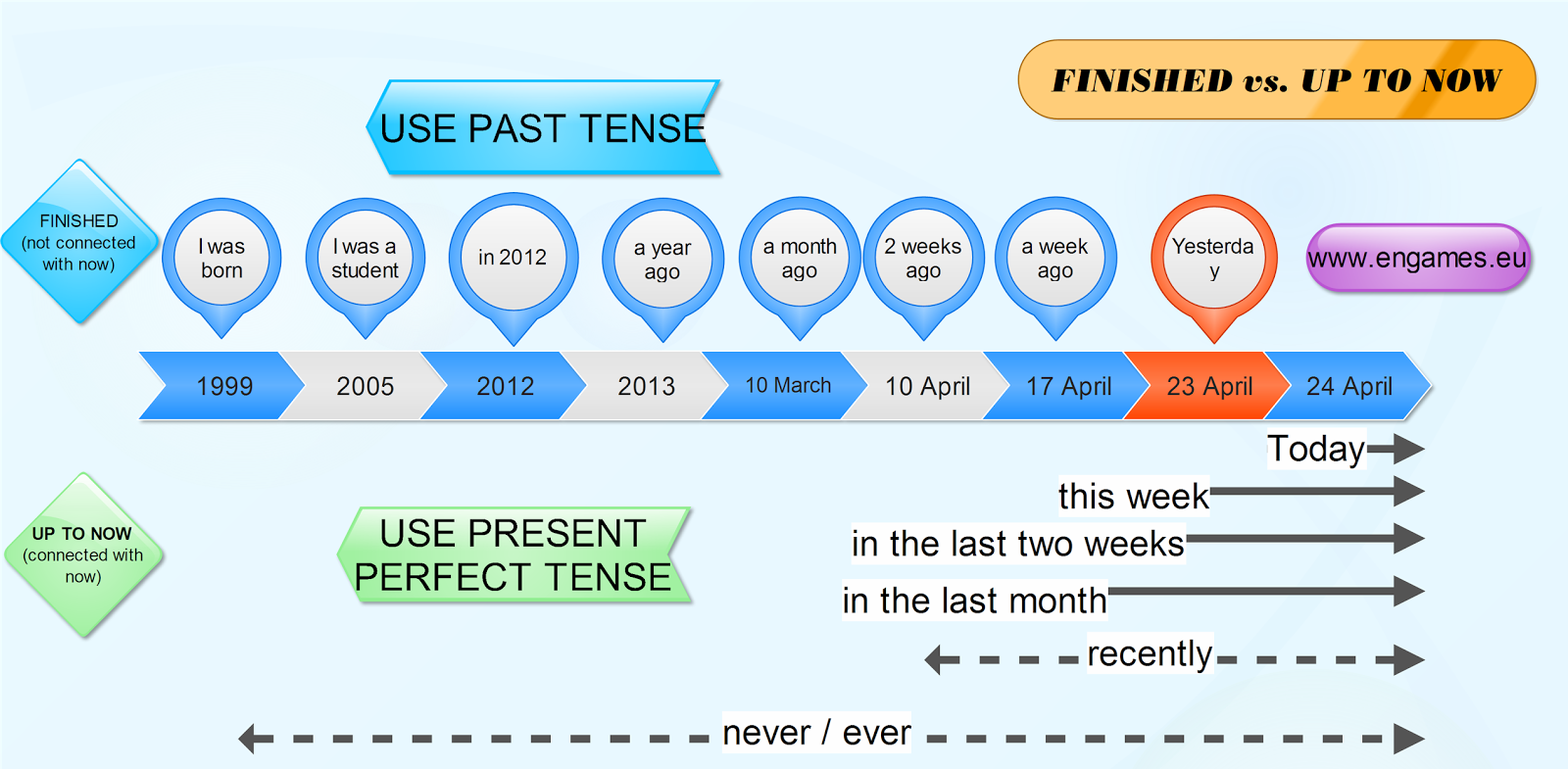
Keep your English alive! PAST SIMPLE vs. PRESENT PERFECT
Let Past Simple, Simple Past Tense of Let Past Participle, V1 V2 V3 Form Of Let Advertisements When learning English you need to know the meaning of certain words first, and then sort the words appropriately according to grammatical rules.

View Ejemplos De Wish Past Simple Full Sado
The imperative mood is a grammatical mood that forms a command or request.. An example of a verb used in the imperative mood is the English phrase "Go." Such imperatives imply a second-person subject (you), but some other languages also have first- and third-person imperatives, with the meaning of "let's (do something)" or "let them (do something)" (the forms may alternatively be called.